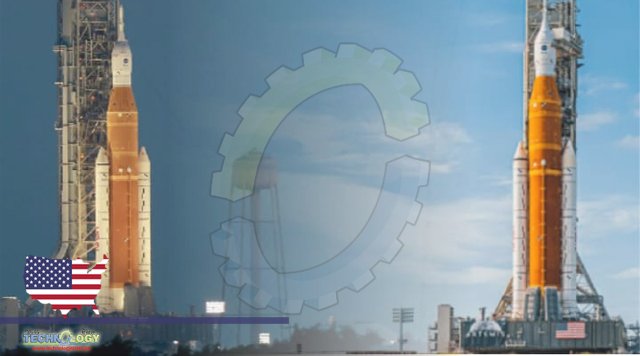NASA has a new launch date to take off on September 27th, with a “potential” backup date planned for October 2nd if things don’t go as planned. The agency originally considered retrying the launch as early as the 23rd but decided on a later date after “careful consideration of multiple logistical topics.”

The Artemis I mission will use NASA’s Space Launch System (SLS) megarocket to catapult an uncrewed Orion capsule around the Moon as part of the agency’s push to bring humans back to the lunar surface by 2025. While NASA’s first launch attempt was cut short due to an engine issue, the second attempt on September 3rd ended prematurely after the Artemis I team detected a hydrogen leak that engineers couldn’t fix. To ensure things run smoothly this time around, NASA is making some preparations. NASA has a new launch date, The Artemis I team has already finished working on the hydrogen leak, which involved replacing the seals around the “quick disconnect” system that helps funnel the freezing cold liquid hydrogen fuel into the rocket. Engineers have a test planned for September 21st to see if the quick disconnect holds up under the cryogenic conditions that the launch requires. There’s also the question of whether NASA will have to test the batteries in the rocket’s flight termination system, which the Space Force can use to destroy the rocket if something goes disastrously wrong during its flight.
Testing the system would require NASA to roll the SLS back into the Vehicle Assembly Building, a four-mile journey that takes hours. It’s ultimately up to the Space Force to decide whether or not NASA can proceed without testing. NASA has a new launch date, NASA was already granted an extension to extend the rocket’s certification from 20 to 25 days, but Space Force is still deciding whether to grant the agency another one. NASA is continuing to respect the Eastern Range’s process for review of the agency’s request for an extension of the current testing requirement for the flight termination system and is providing additional information and data as needed,” NASA writes in the post. “In parallel, the agency is continuing preparations for the cryogenic demonstration test and potential launch opportunities, should the request be approved.” If everything works out, NASA will attempt to launch the rocket on September 27th with a 70-minute launch window opening at 11:37AM ET. The launch date is sandwiched in between two other major space events, with NASA scheduled to send a spacecraft crashing into an asteroid as part of its Double Asteroid Redirect (DART) mission on September 26th, and NASA and SpaceX crews headed to the International Space Station on October 3rd.
Source: This news is originally published by theverge